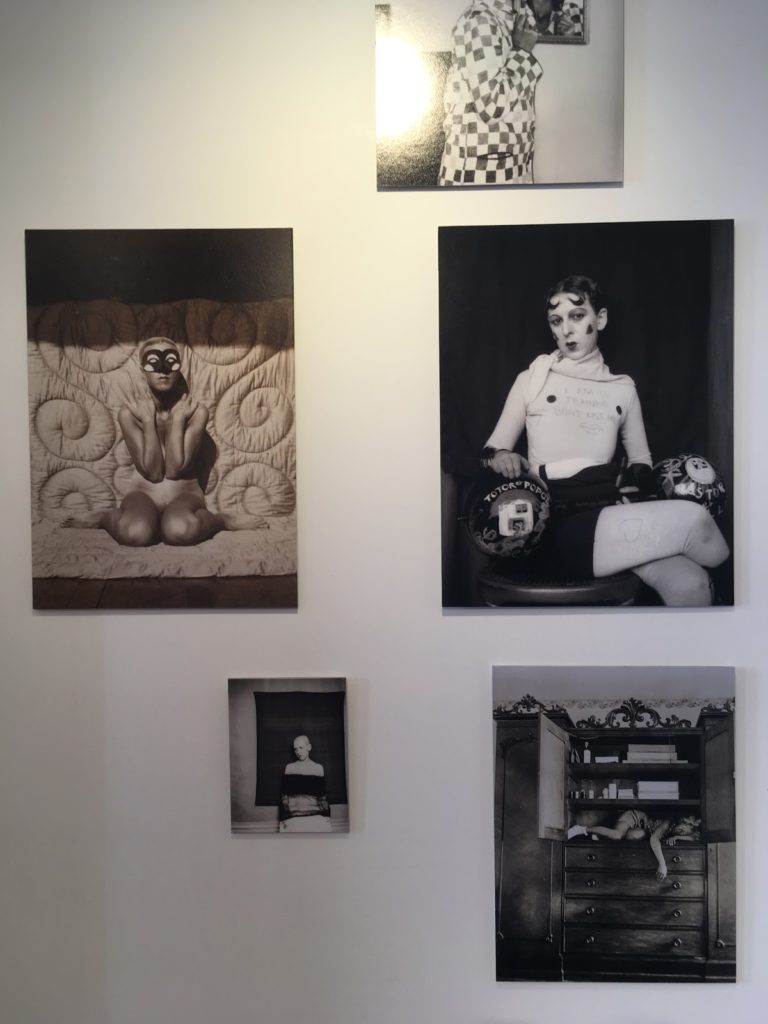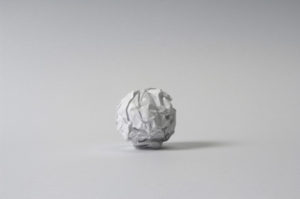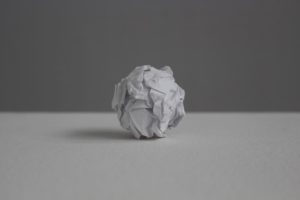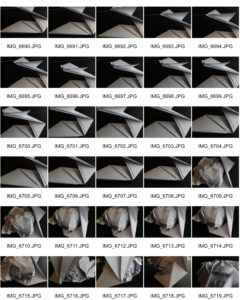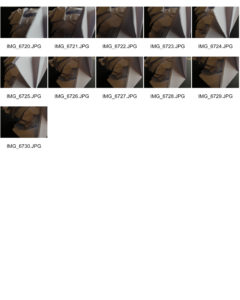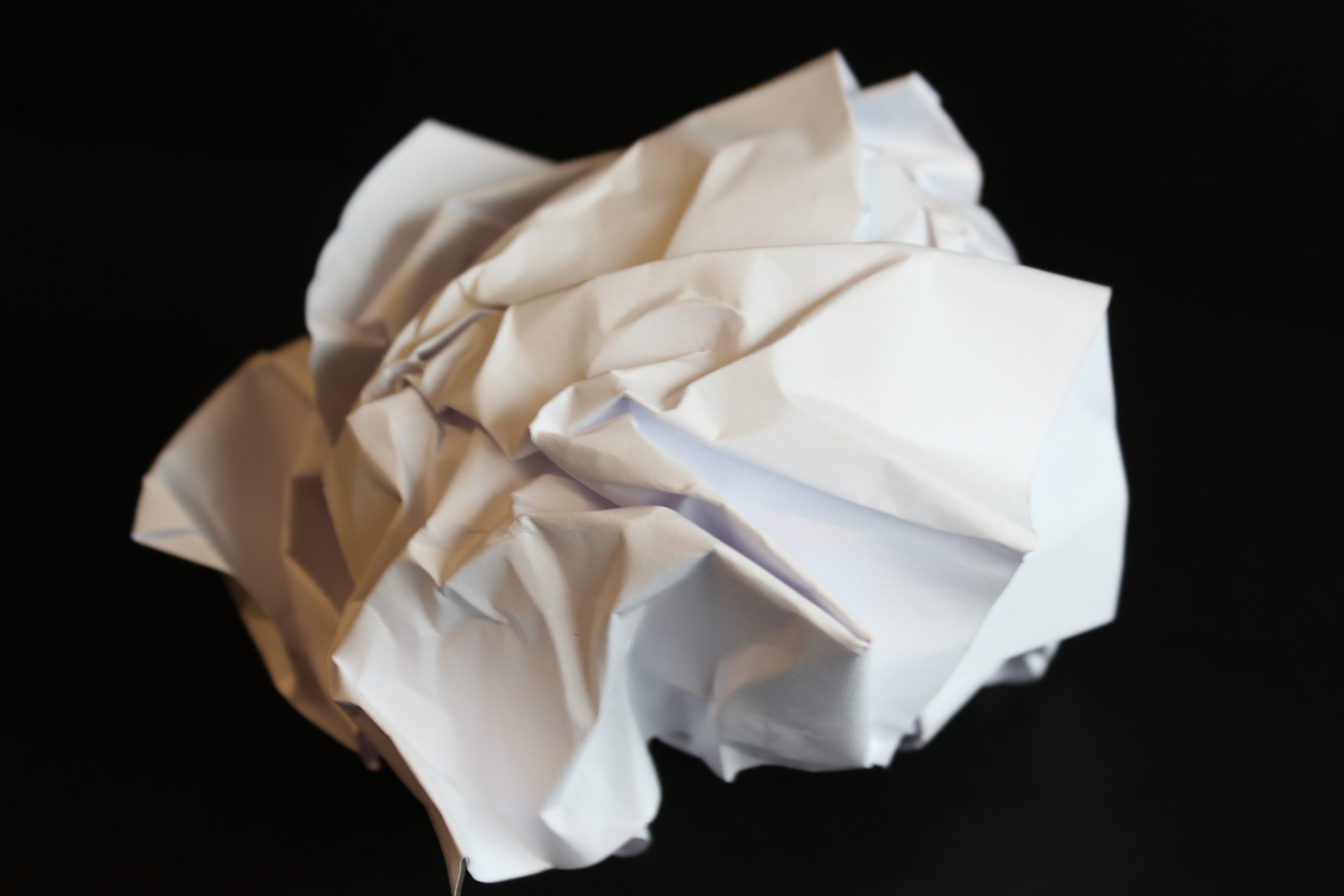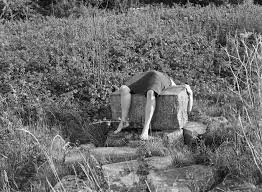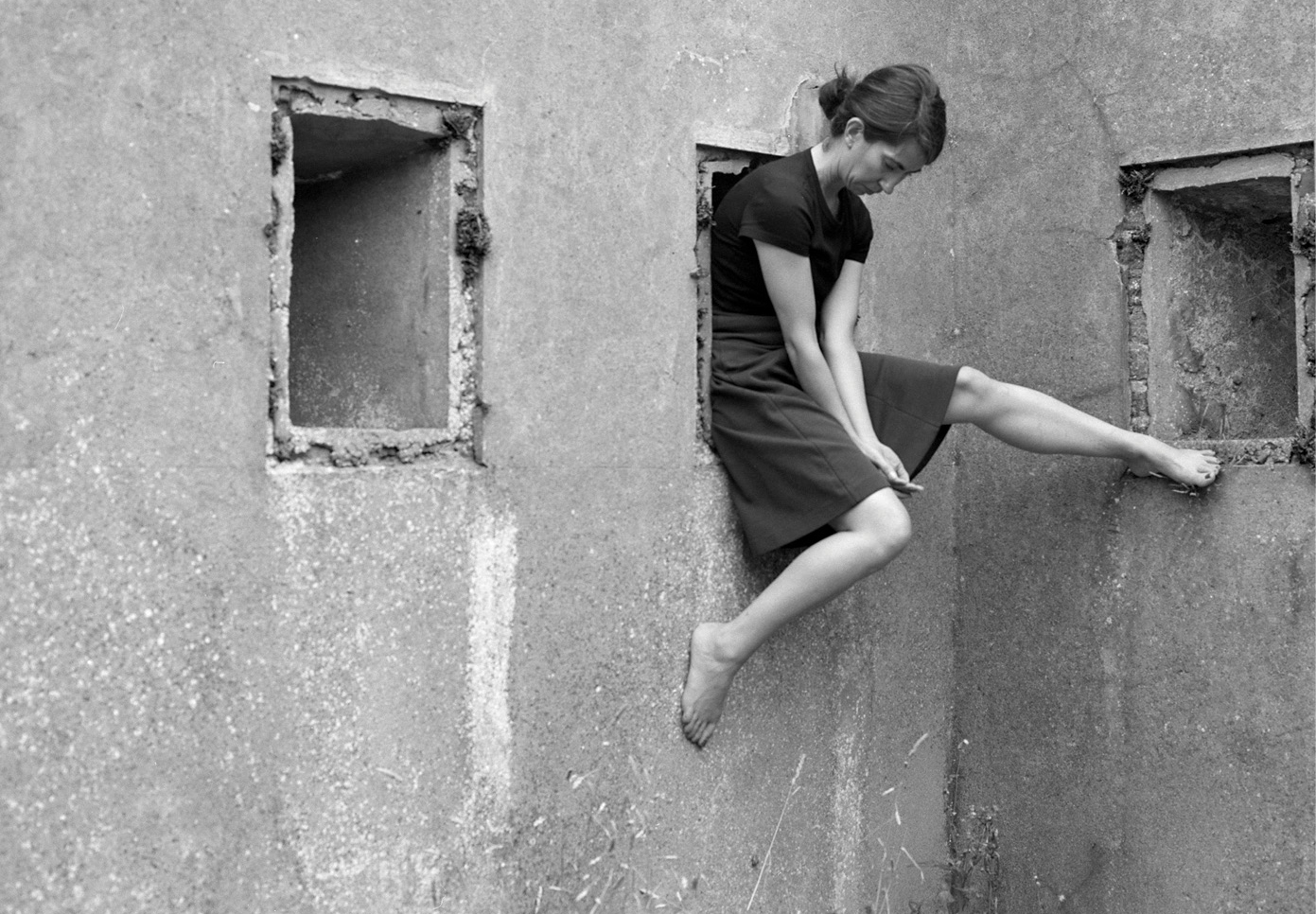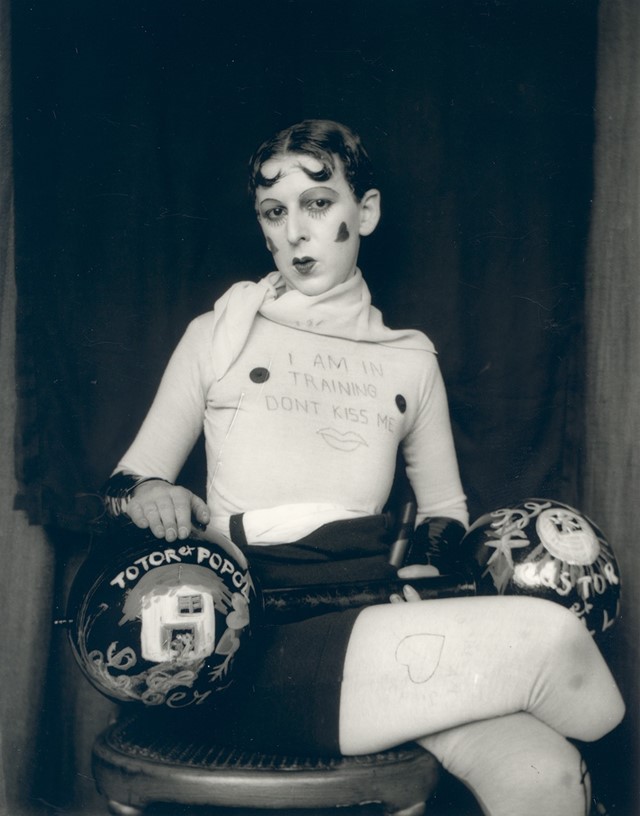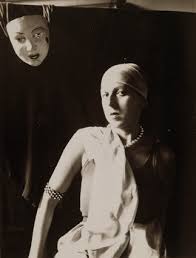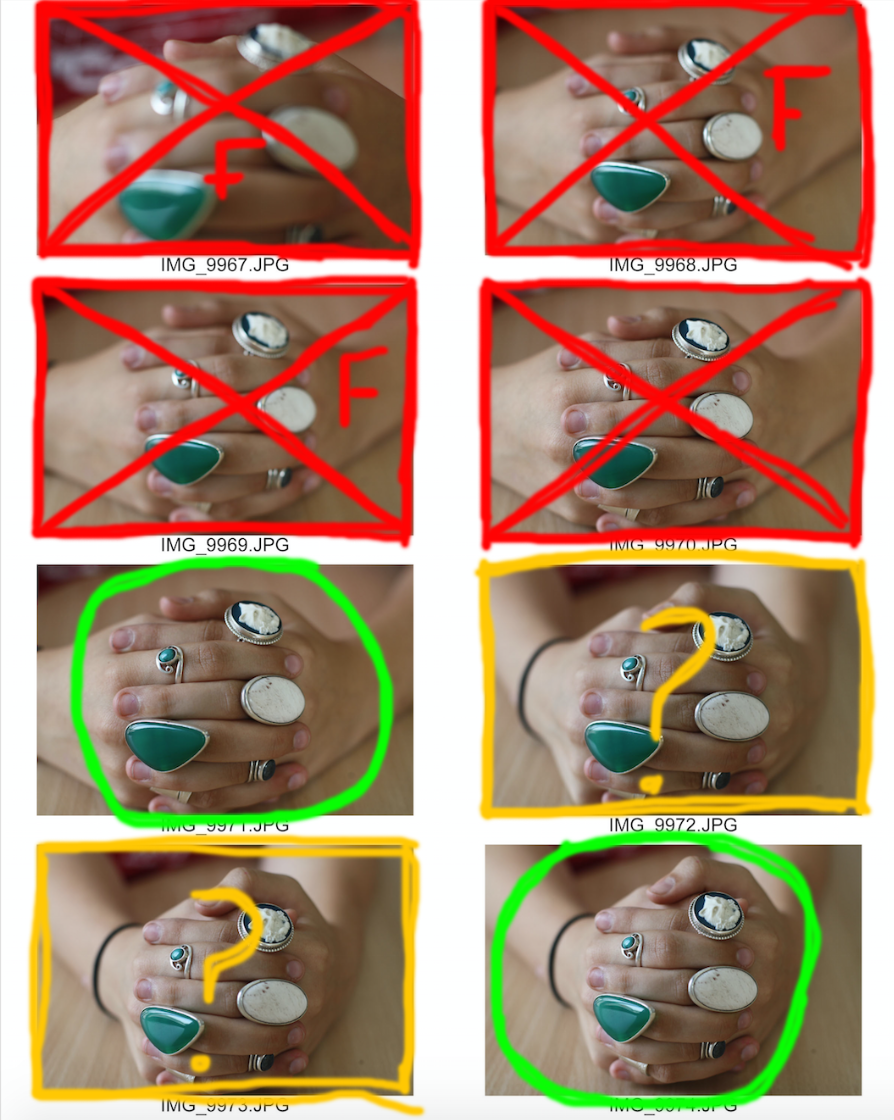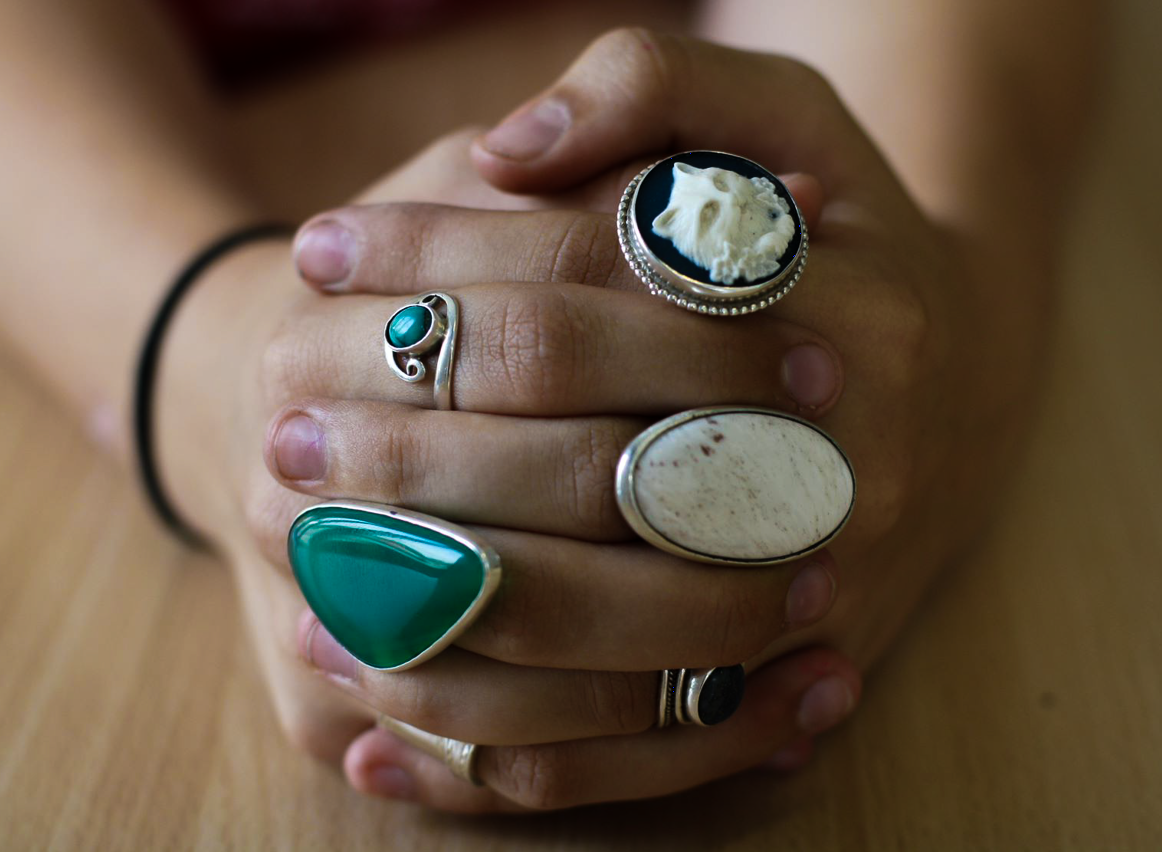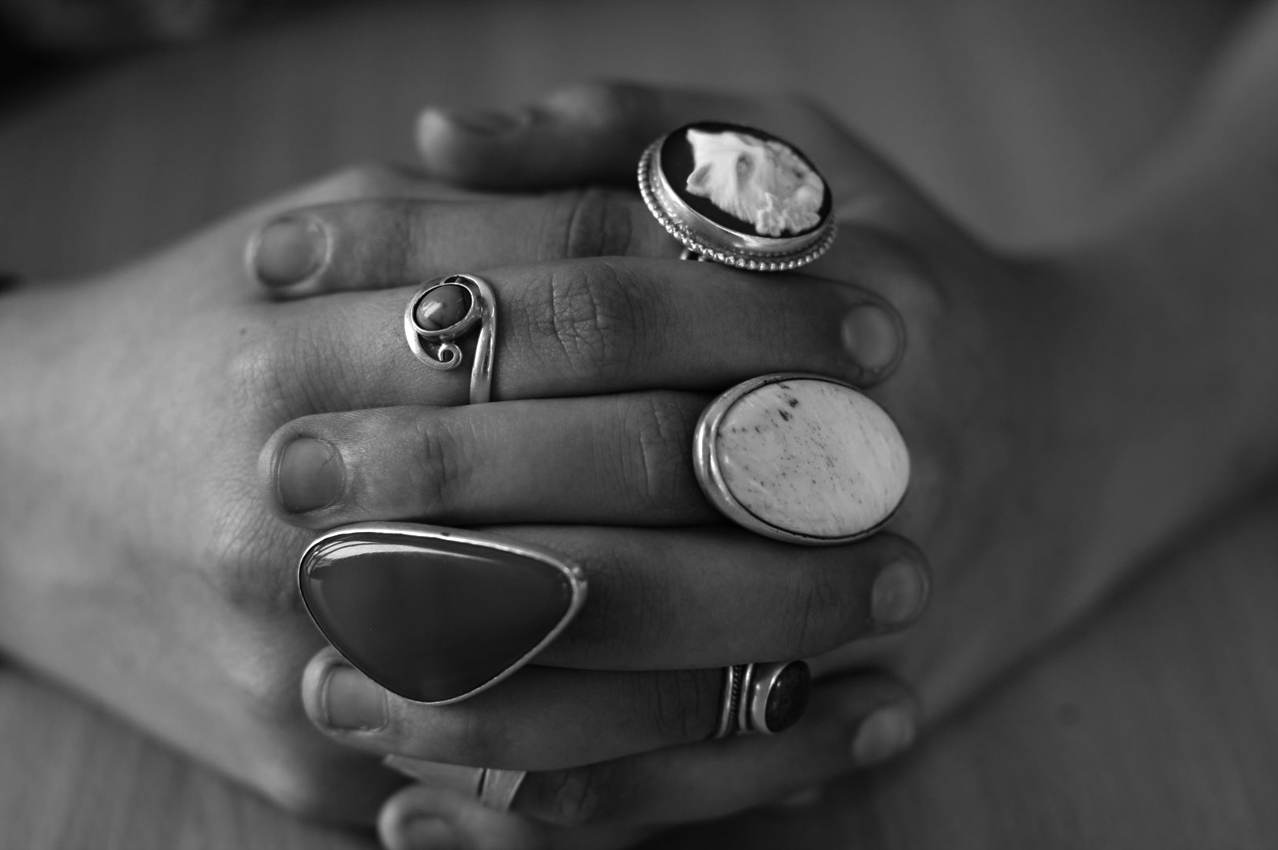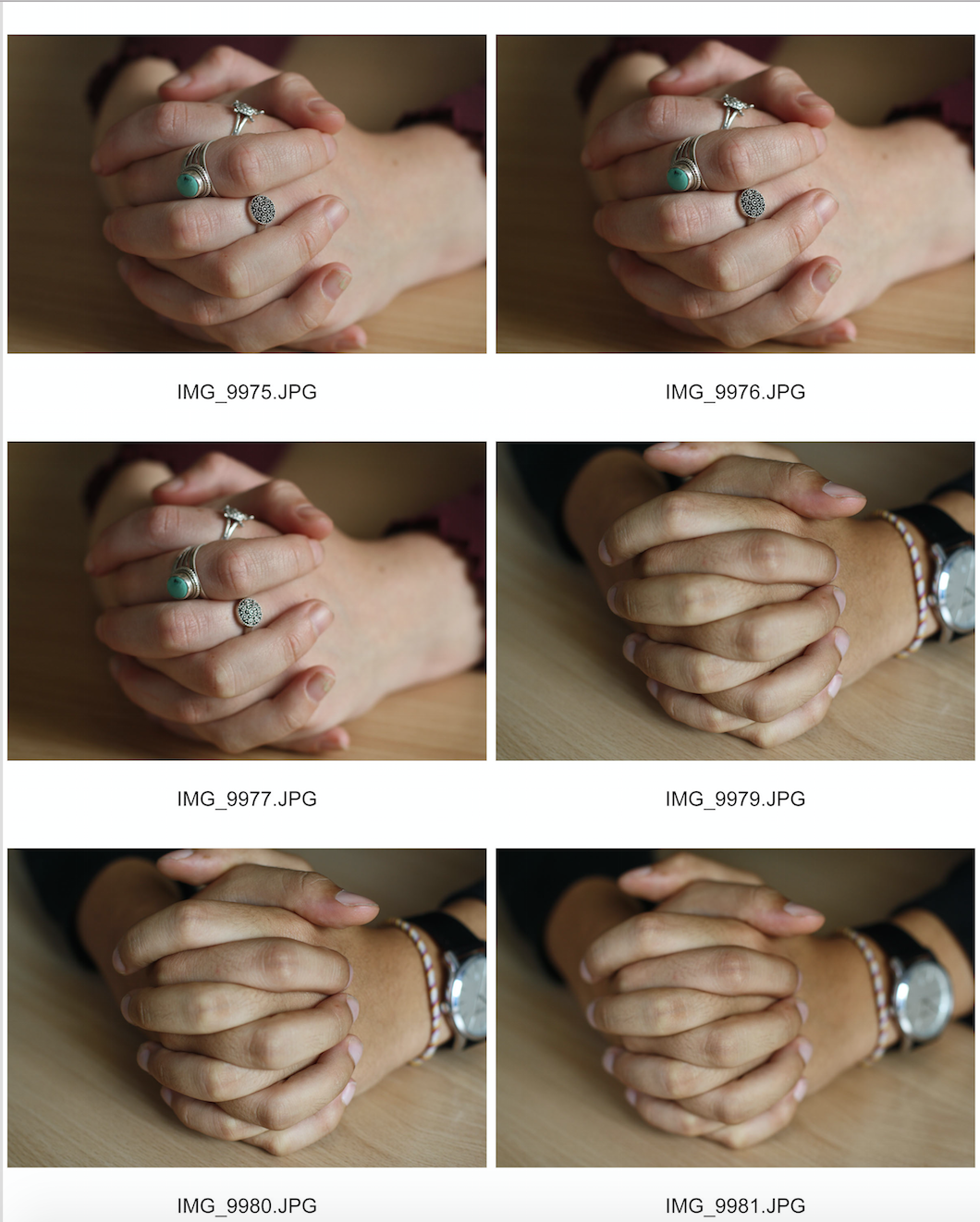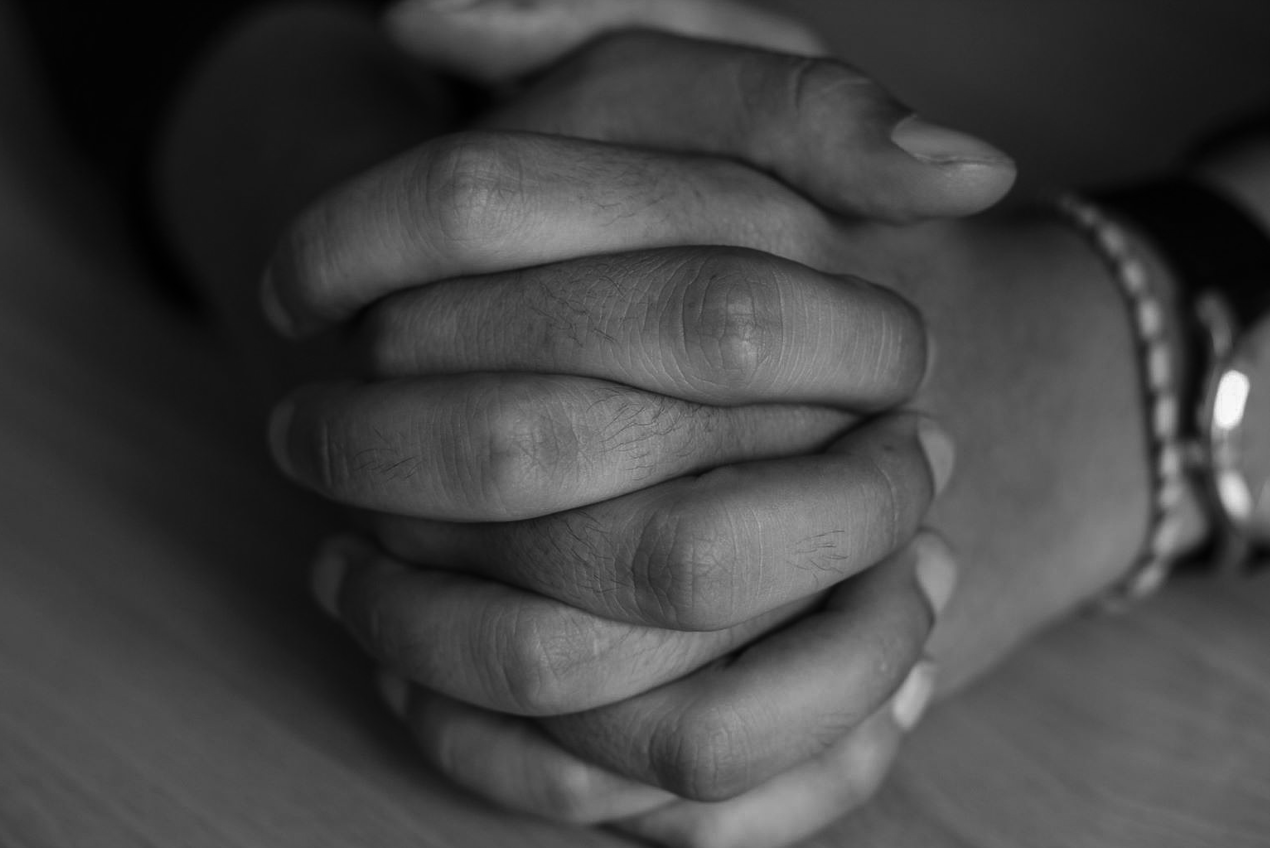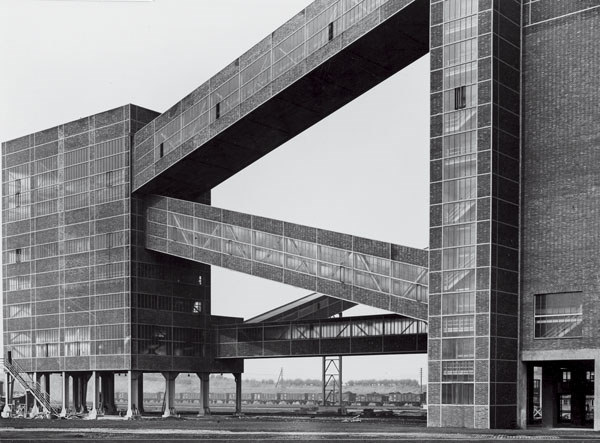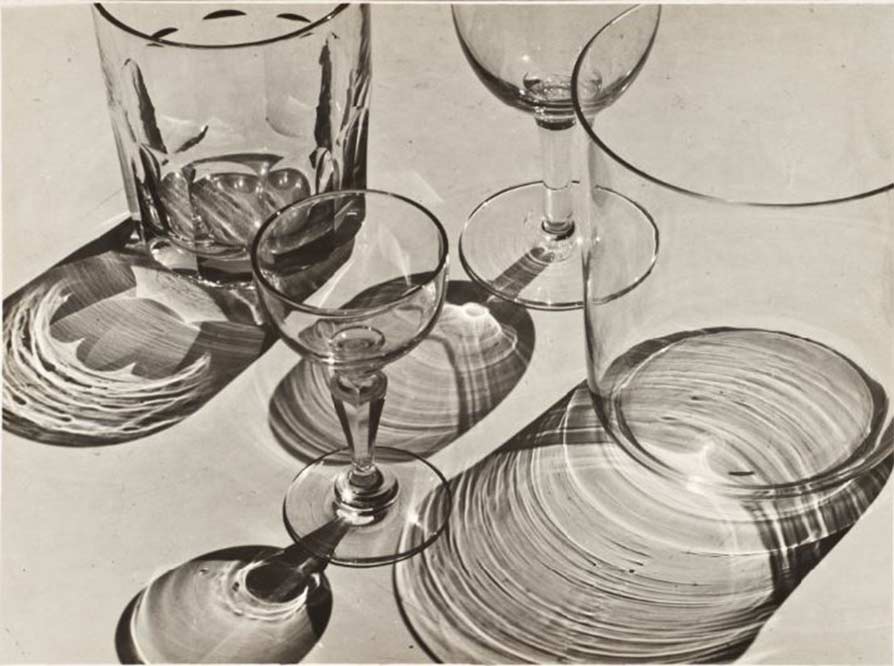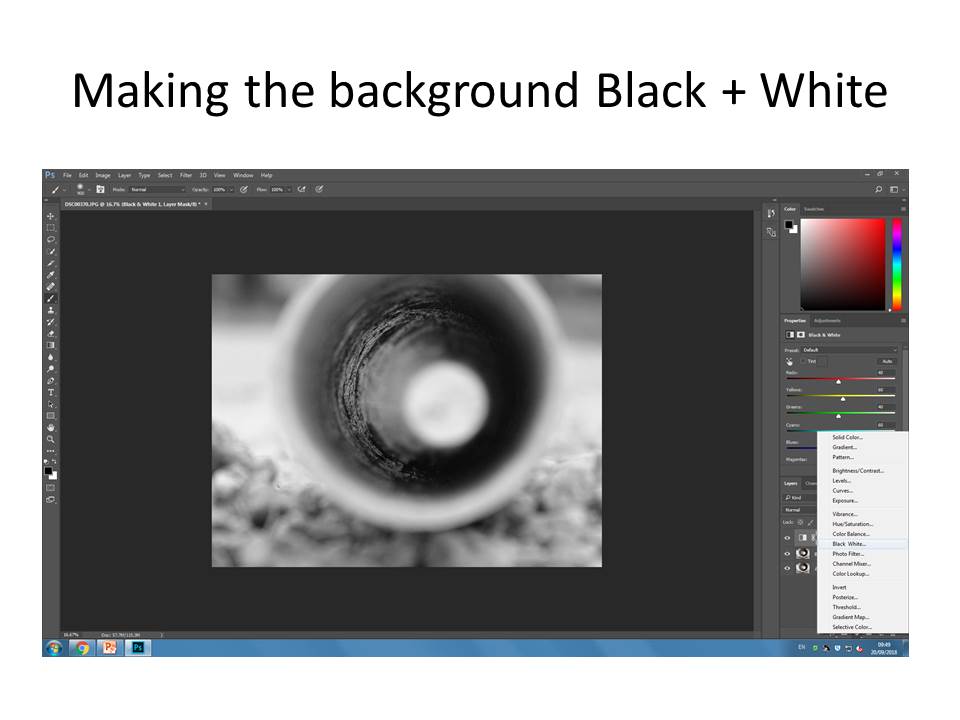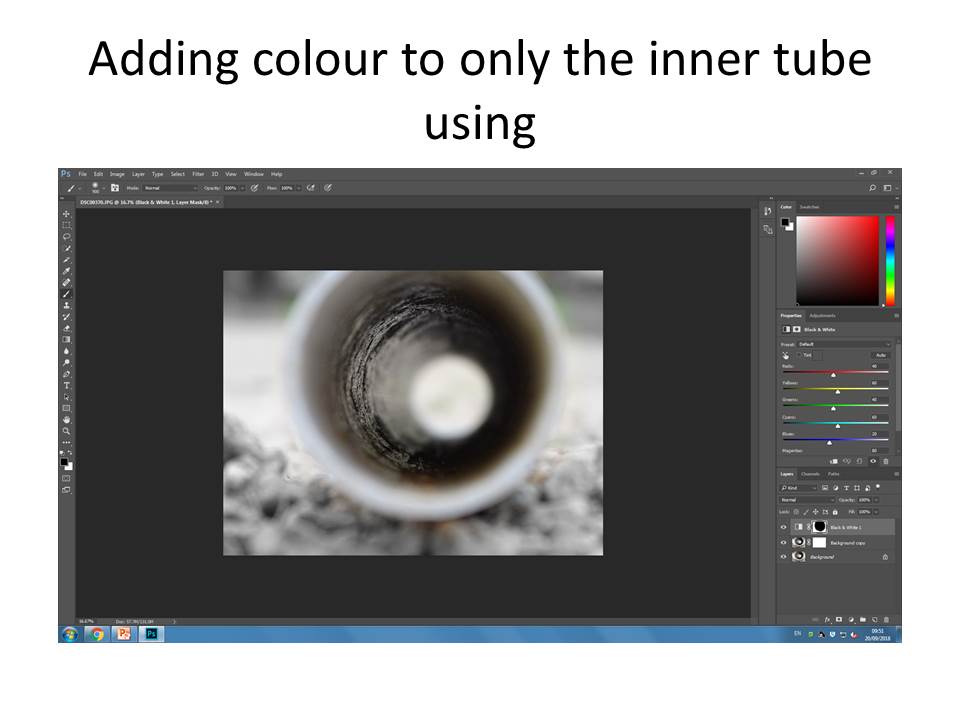Clare Ray and Claude Cahun Exhibition critique
When visiting the CCA gallery to analyse Clare Ray and Claude Cahuns abstract photography i had noticed that both exhibitions very simple and unique in their own ways. The Claude Cahun and Clare Rae exhibition was very inspiring and interesting to visit. There were two rooms that made up this exhibition, one containing each photographers work. I think that the layout for this exhibition was very well thought out as there was no way the audience could get the who photographers work mixed up.
Clare Ray is a self- portrait photographer which i found very inspiring as her images were very unique however you could clearly see the elements of Cahun’s work included in Rae’s images . All of Ray’s images proved to be in only black and white which intensified the light and dark colouring in the images which added a lot of tone to the photographs, which made the images look old like the self portraits Claude took. Clare tends to bend her body in many different positions for her self portraits which has been used to help her interact with the Jersey environment. I think Ry using modern day sterile environments reflects the change of era in contrast to Cahun’s exhibition.
Claude Cahuns exhibition was very unique in the way that the photographs all had different patterns, coloring and different sceery. However, somehow they all complimented each other when placed together. During the time the self portrait pictures at the exhibition were taken when Claude was a lesbian and an activist against the WW2 war. I think this is portrayed in Claude’s work as she posed naked in a lot of her work which implies that she’s trying to let her sexuality free as it wasn’t proper to be a lesbian in WW2 times. The fact that she was posing naked also was not allowed during WW2. All of this shows that Claude was a bit of a rebel and just wanted to be herself. All her pictures proved to be very advanced from her time as she was very unique.
 I think that Claude’s background adds a lot of story to her pictures which i really like as it helps us to seek what she was thinking/ feeling in her abstract photos.
I think that Claude’s background adds a lot of story to her pictures which i really like as it helps us to seek what she was thinking/ feeling in her abstract photos.
Clare Ray
I think this self- portrait of Clare Ray is my favourite piece from the exhibition, this being because i love how abstract the piece is. The image stood out to me as you can see that Ray has been clearly influenced my Cahun due to the black and white filter. However the range of brightness used throughout the image adds tone to the image and shows the reflections on the side doors which are included in the picture. The brightness also adds contrast to the image due to it adding a sterile feel to the image. You can tell Ray’s intentions was to add a sterile feel to the image due to the plain location shes in, the lighting she is using, the prop she is using in the image and the way in which she has shaped her body to the prop and the facial expression she is using. The overall image is very simple but someone gives off a very complicated effect.
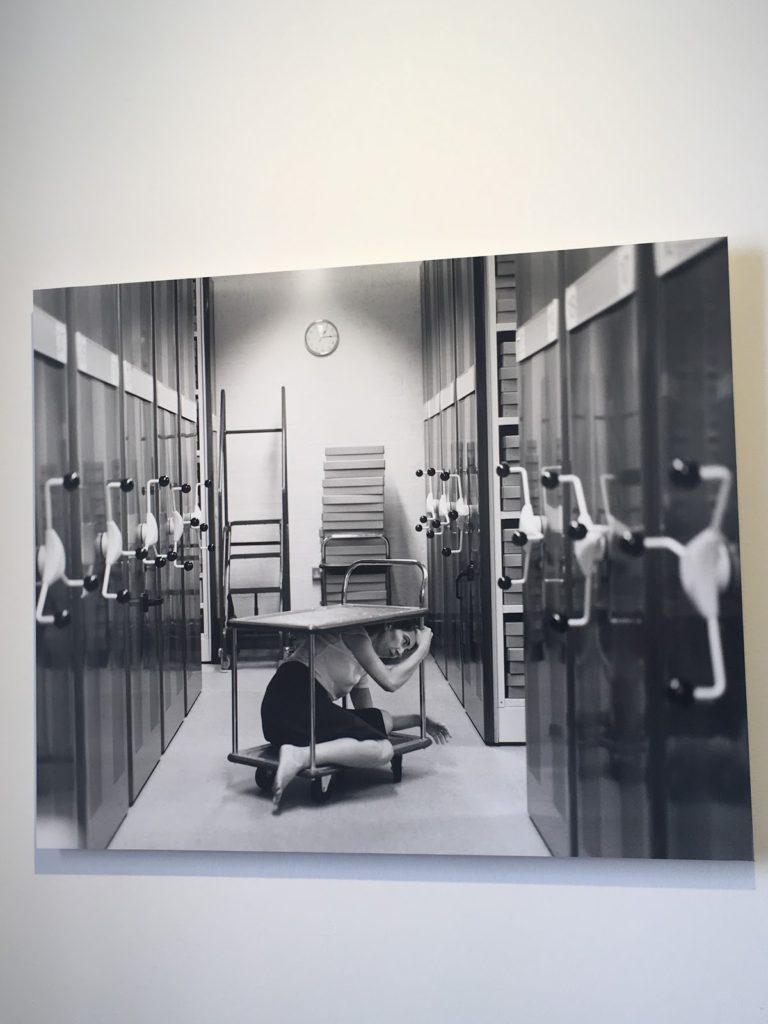
Claude Cahun
I think this self- portrait of Claude Cahun is one of the most interesting from the exhibition as the picture is ahead of time with the shaved head and the nudity of the image.
Claude being naked while posing in the picture adds a lost of abstract feel to the very simple picture as her nudity and the flowers in the open space is showing freedom. This freedom is also shown by tones in the image instead of usual colour. Not using colour in the images also adds maturity as the black and white adds tone through brightness. I really like the concept of this image in the image she has her head shaved, which was very unusual for women during this era (1916) . I think this image is very powerful because it shows Cahun attempting to break gender stereotypes. This shows how far ahead of her time Cahun actually was. Using black and white also helps to contrast the different brightness’s adding more depth to the picture.
I think that Claude’s plan was to show her thoughts through the picture as the nudity and open field could be her wanting to be free of the Nazis punishments of being lesbian and transgender which i think is a great concept to convey.
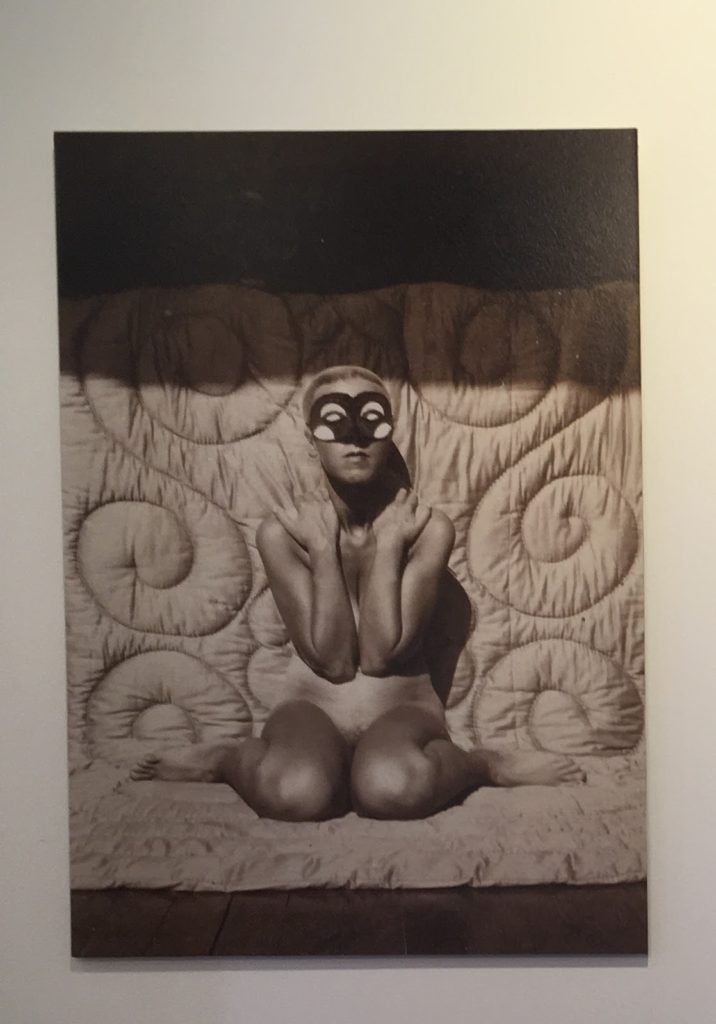
Influensation
I think Clare has been heavily influenced by Claude’s work as both the photographers images are extremely similar.
Both are self- portrait photographers which means that they share that in common. However, i think that Clare has been influenced by Claude’s unique editing in the black and white theme as well as the brightness of the photos. Clares images have a lot of tone and texture in them due to the similar editing s Claude’s pictures also have a lot of texture in them.
I think that Clare has also extended Claude’s unique way of taking her photographs, as Clare has used her body in many different ways in her photos which add a more abstract feel. Where as Claude has a lot of photos which have the same feel to them as she is naked in most of them.
I overall think that it was good for Clare to be inspired by Claude as it has made her better at editing self portrait while still using her own ideas of the positions she chooses to pose for.
Exhibition overall
I think that the overall layout of the exhibition was really good as it was very simple and the photos were presented on plain white walls which means there was no distraction from the images. The layout of the different photos was also aesthetically pleasing to the eye due to the alignment of the images in the frames against some of the random other images which were a smaller or larger size image.
